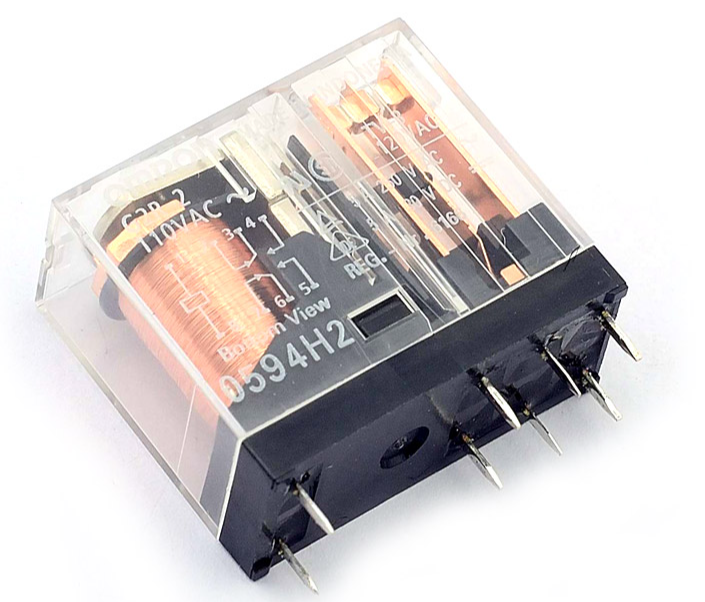6 functions of relays in fire protection
This article introduces the role of relays in fire alarm weak current circuits. In fire automatic alarm systems, intermediate relays are widely used. They can increase the number and capacity of contacts, used to transmit intermediate signals in the control circuit, thereby changing the working status of the control circuit to achieve the intended control or protection purpose.
Generally, circuits are divided into main circuits and control circuits, and relays are mainly used in control circuits, while contactors are mainly used in main circuits. Through relays, one control signal can control the function of another or several signals, completing control such as start, stop, and linkage. The main control object is the contactor, which has a larger contact capacity and can achieve control from weak electricity to strong electricity. The control object is the electrical appliance.
Intermediate relays are composed of fixed iron core, moving iron core, spring, moving contact, static contact, coil, terminal, and casing. Its working principle is that when a certain input quantity (such as voltage, current, temperature, speed, pressure, etc.) reaches a predetermined value, it is activated to change the working status of the control circuit, thereby achieving the intended control or protection purpose. In this process, intermediate relays mainly play the role of signal transmission.

In the construction project control circuit of fire weak current, intermediate relays often exist. For different control circuits, the role of intermediate relays is different, and the following are the common roles in the circuit:
1. Control the active output of high voltage and high current equipment input and output modules (control modules). The voltage level is generally DC 24V. However, the voltage of the controlled equipment is sometimes high voltage, such as AC 220V. The input and output modules cannot be used for control directly, and the action is equivalent to high voltage rushing in, which will burn the fire equipment. The contact of the intermediate relay has a certain load capacity.
2. Increase the number of contacts. This is the most common use of intermediate relays. For example, when a contactor's contact needs to control multiple contactors or other components in the circuit control system, an intermediate relay can be added to the circuit.
3. Increase the contact capacity. Although the contact capacity of intermediate relays is not very large, it also has a certain load-carrying capacity. At the same time, the current required for its drive is very small, so intermediate relays can be used to expand the contact capacity. For example, induction switches and transistor outputs cannot directly control electrical components with larger loads. Intermediate relays are used in the control circuit to control other loads, achieving the purpose of expanding the control capacity.
4. Convert contact types. In industrial control circuits, the control requirements require the use of normally closed contacts of contactors to achieve the control purpose. However, the normally closed contacts carried by the contactor have been used up and cannot complete the control task. At this time, an intermediate relay can be connected in parallel with the original contactor coil, and the normally closed contact of the intermediate relay is used to control the corresponding component, converting the contact type to achieve the required control purpose.
5. Used as a switch. In some control circuits, the on and off of some electrical components are often controlled by intermediate relays, using the opening and closing of its contacts. For example, the automatic degaussing circuit commonly found in color TVs or displays, the transistor controls the on and off of the intermediate relay to control the on and off of the degaussing coil.
6. Eliminate interference in the circuit. Although various interference suppression measures exist in the fire control circuit, interference phenomena still exist to a greater or lesser extent. Intermediate relays can play a role in eliminating interference in the circuit.
In summary, intermediate relays play a crucial role in fire alarm weak current circuits. They can increase the number and capacity of contacts, used to transmit intermediate signals in the control circuit, thereby changing the working status of the control circuit to achieve the intended control or protection purpose.
Recent Posts








Company
About UsContact UsTerms & ConditionsPrivacy StatementPayment,Shipping & InvoiceRefund & Return PolicyWarranty PolicyFrequently asked questionHolidays for Chinese Mid-Autumn Festival and National Day in 2023
